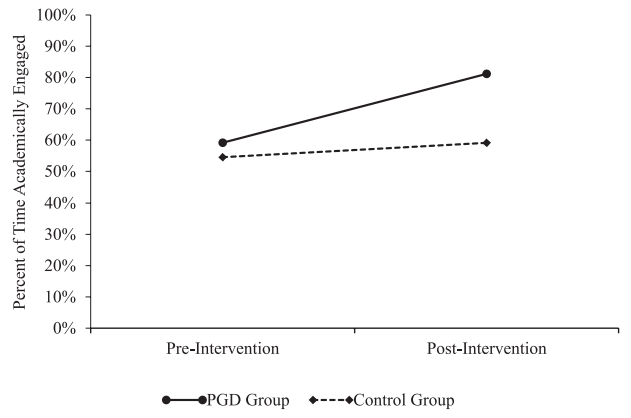Greetings and Making a Positive Impact in the Classroom!
Are you familiar with those heartwarming videos where teachers greet their students in unique and creative ways as they step into the classroom? This heartwarming practice is known as Positive Greetings at the Door (PGD). If you haven't had the chance to witness these moments of connection yet, take a look at these two inspiring examples to get a glimpse of what we're about to dive into:
The first time I saw a video like this, I found the idea incredibly creative and a great way to connect teachers and students. But does this type of strategy actually benefit students? Does it have an impact on learning?
In an effort to answer these questions, Cook and colleagues (2018) conducted a fantastic experiment to assess the effect of PGD on student engagement in teaching activities. To do this, they randomly assigned 10 classes of students, with half of them starting class in the traditional way and the other half with PGD. After the start of the class, the authors recorded the time students spent following instructions, paying attention to the teacher, or actively participating in classroom activities such as writing, reading, and so on.
In the experiment, before implementing PGD, the percentage of time engaged in activities was 59%. After teachers started using PGD, the time engaged in classroom activities increased to 80%.
In an effort to answer these questions, Cook and colleagues (2018) conducted a fantastic experiment to assess the effect of PGD on student engagement in teaching activities. To do this, they randomly assigned 10 classes of students, with half of them starting class in the traditional way and the other half with PGD. After the start of the class, the authors recorded the time students spent following instructions, paying attention to the teacher, or actively participating in classroom activities such as writing, reading, and so on.
In the experiment, before implementing PGD, the percentage of time engaged in activities was 59%. After teachers started using PGD, the time engaged in classroom activities increased to 80%.

To strengthen the results, the authors also collected data from classes that did not undergo the intervention (control group), resulting in percentages of 55% and 59%, respectively. In this way, PGD has proven to be an intriguing strategy not only to foster a connection between teachers and students but also to actively engage students in the learning process.
Reference:
Cook, C.R., Fiat, A., Larson, M., Daikos, C., Slemrod, T., Holland, E.A., Thayer, A.J., & Renshaw, T. (2018). Positive Greetings at the Door: Evaluation of a Low-cost, High-Yield Proactive Classroom Management Strategy. Journal of Positive Behavior Interventions, 1-11. Doi: https://doi.org/10.1177/1098300717753831
Reference:
Cook, C.R., Fiat, A., Larson, M., Daikos, C., Slemrod, T., Holland, E.A., Thayer, A.J., & Renshaw, T. (2018). Positive Greetings at the Door: Evaluation of a Low-cost, High-Yield Proactive Classroom Management Strategy. Journal of Positive Behavior Interventions, 1-11. Doi: https://doi.org/10.1177/1098300717753831
Empty space, drag to resize
Write your awesome label here.
Join our newsletter.
Receive updates on new courses, webinars, and useful resources for working with positive behaviour support.
Thank you!
Empty space, drag to resize
Learn
-
PBS Bootcamp
-
Online Courses
-
Webinars
-
Workshops
-
For parents
-
Other services

Empty space, drag to resize
Write your awesome label here.
We are an authorised continuing education provider by the BACB to offer Learning Continuing Education (CE) to BCBAs or ABAA PDUs.
Write your awesome label here.
We acknowledge the Traditional Owners of the land on which we live and work. We pay our respects to their Elders past, present, and emerging, and recognise their ongoing connection to land, waters, and culture. We are committed to the path of reconciliation and building a just and inclusive society for all.
Empty space, drag to resize
Terms & conditions | Privacy Policy | Cookies Policy
Copyright © 2024
SOLD OUT
Enter your details on our waitlist and we will inform you when the next workshop is available - Click Next
